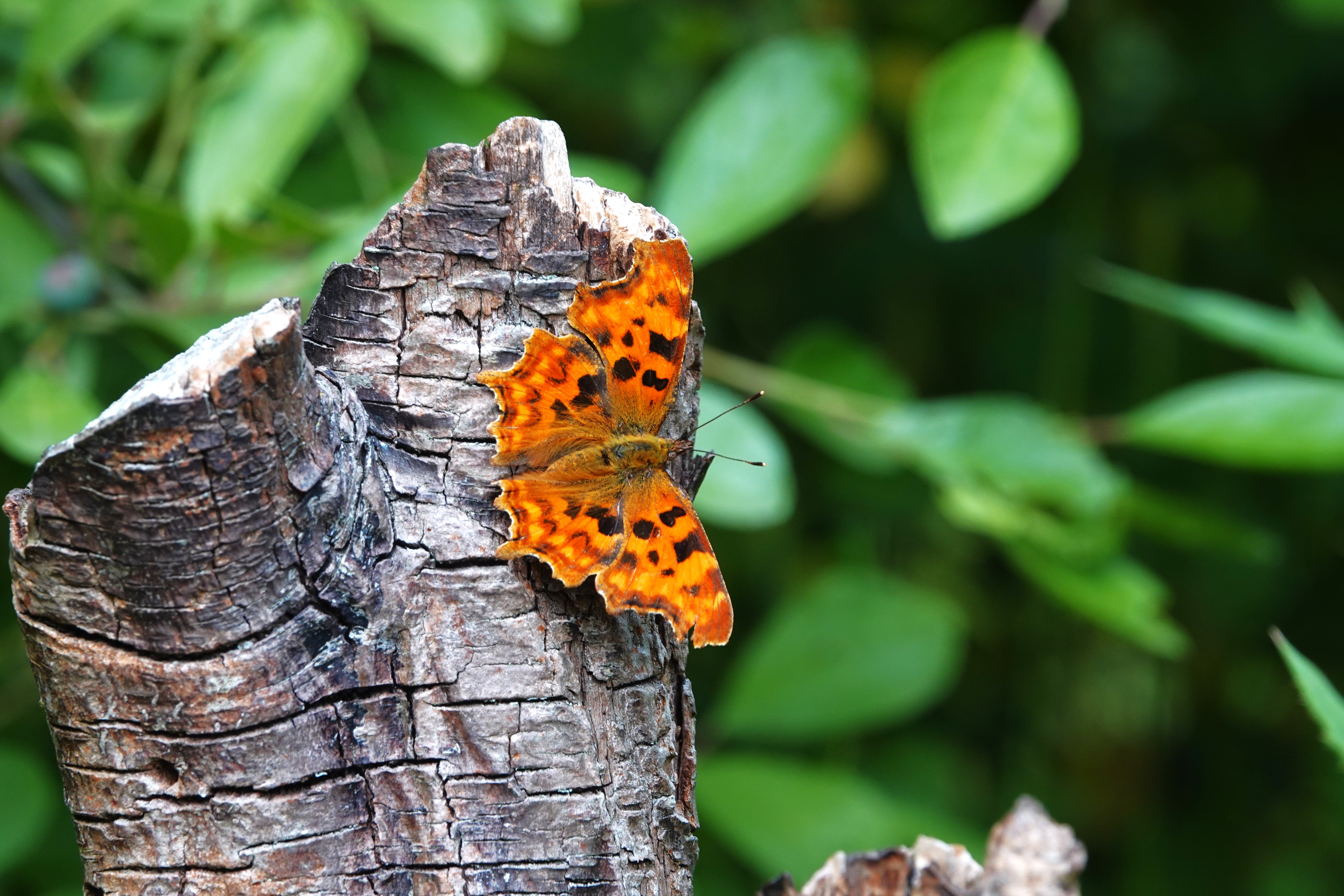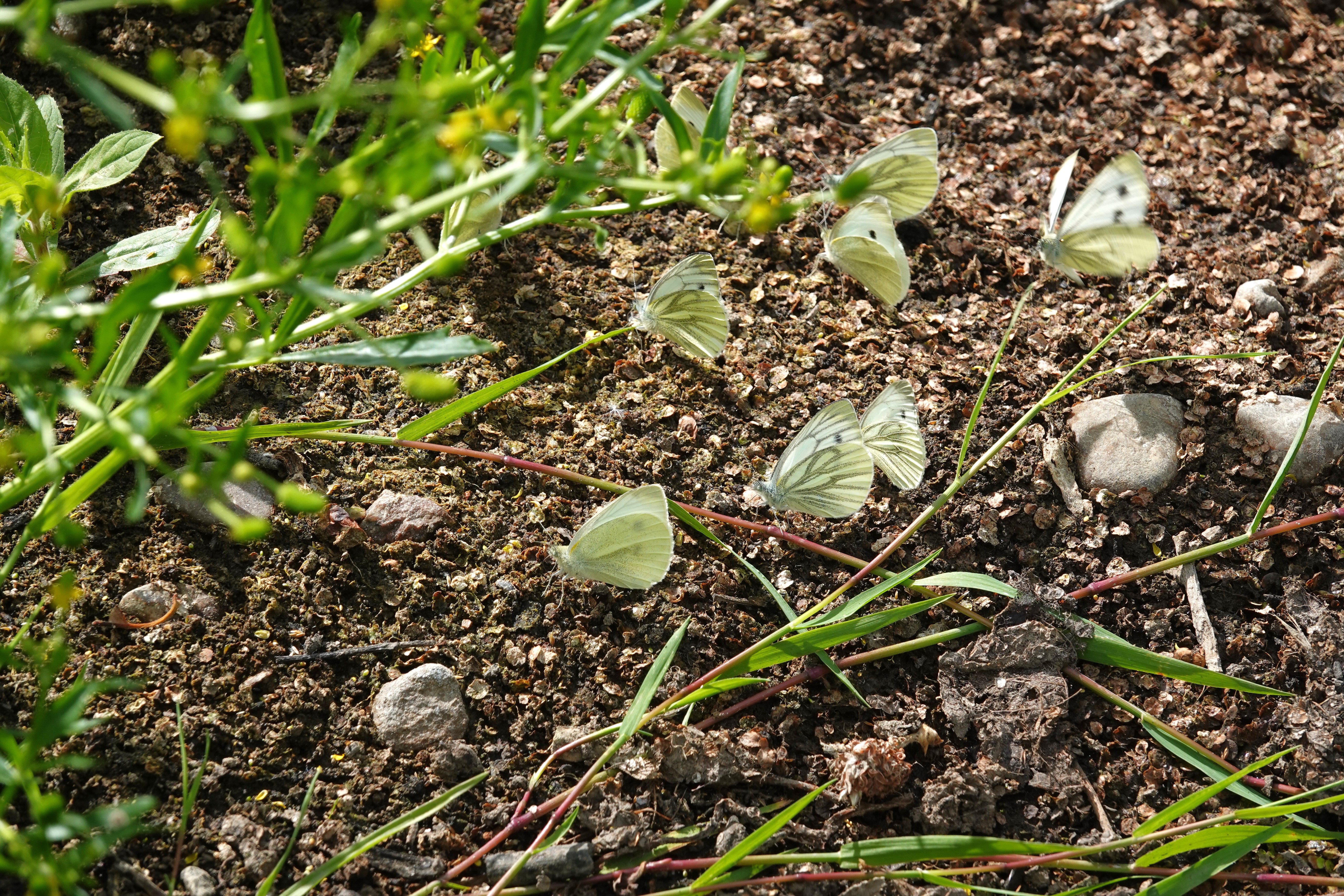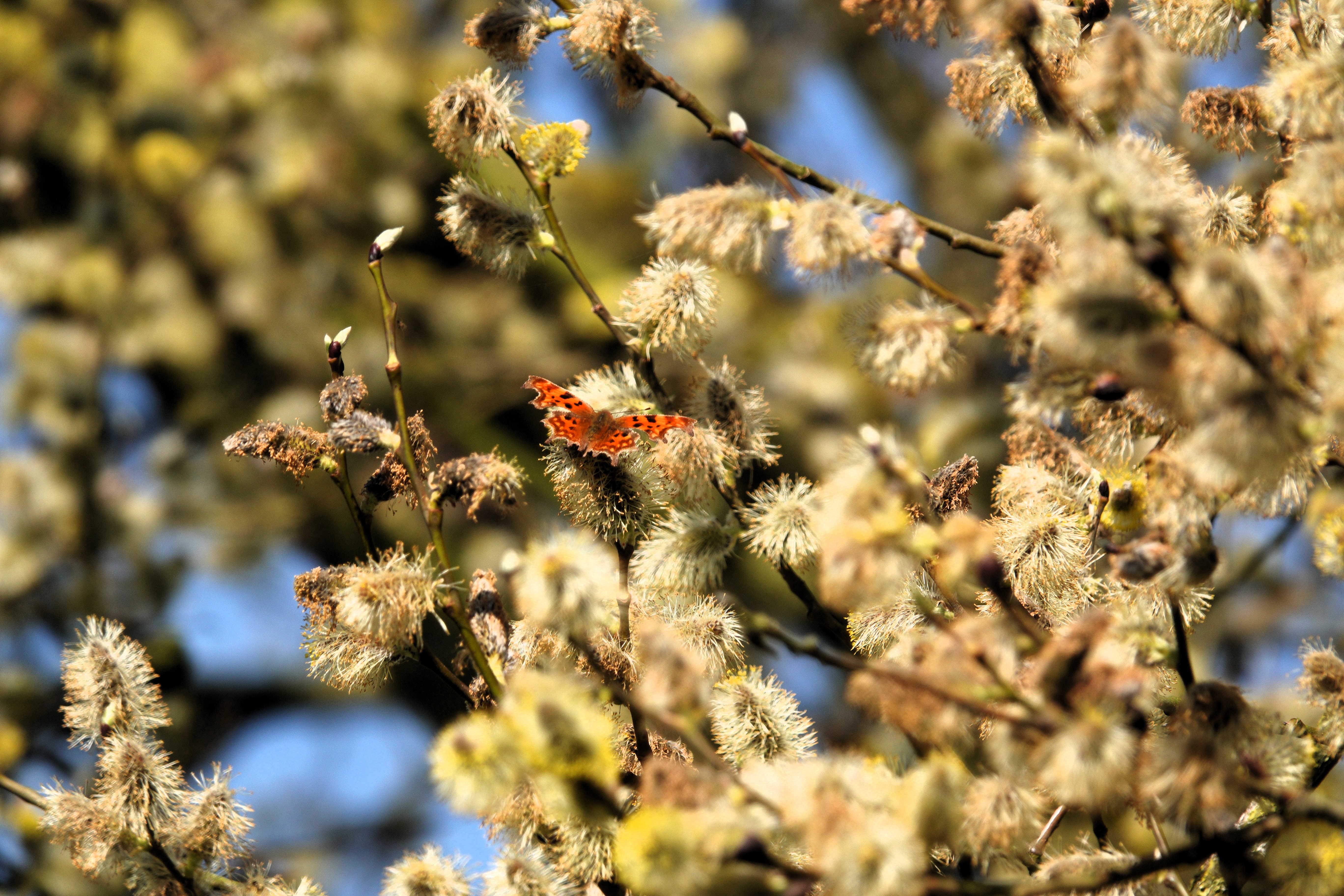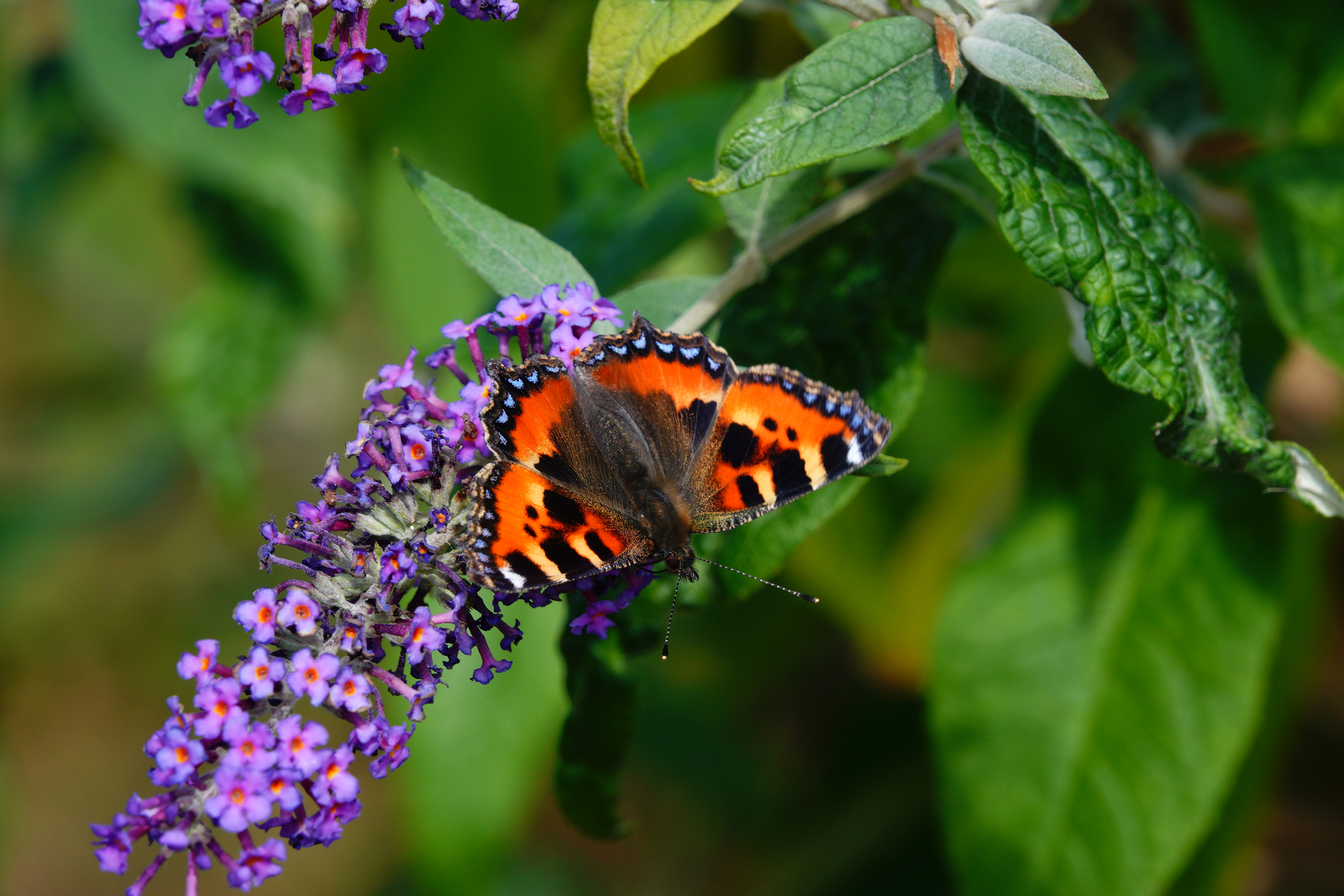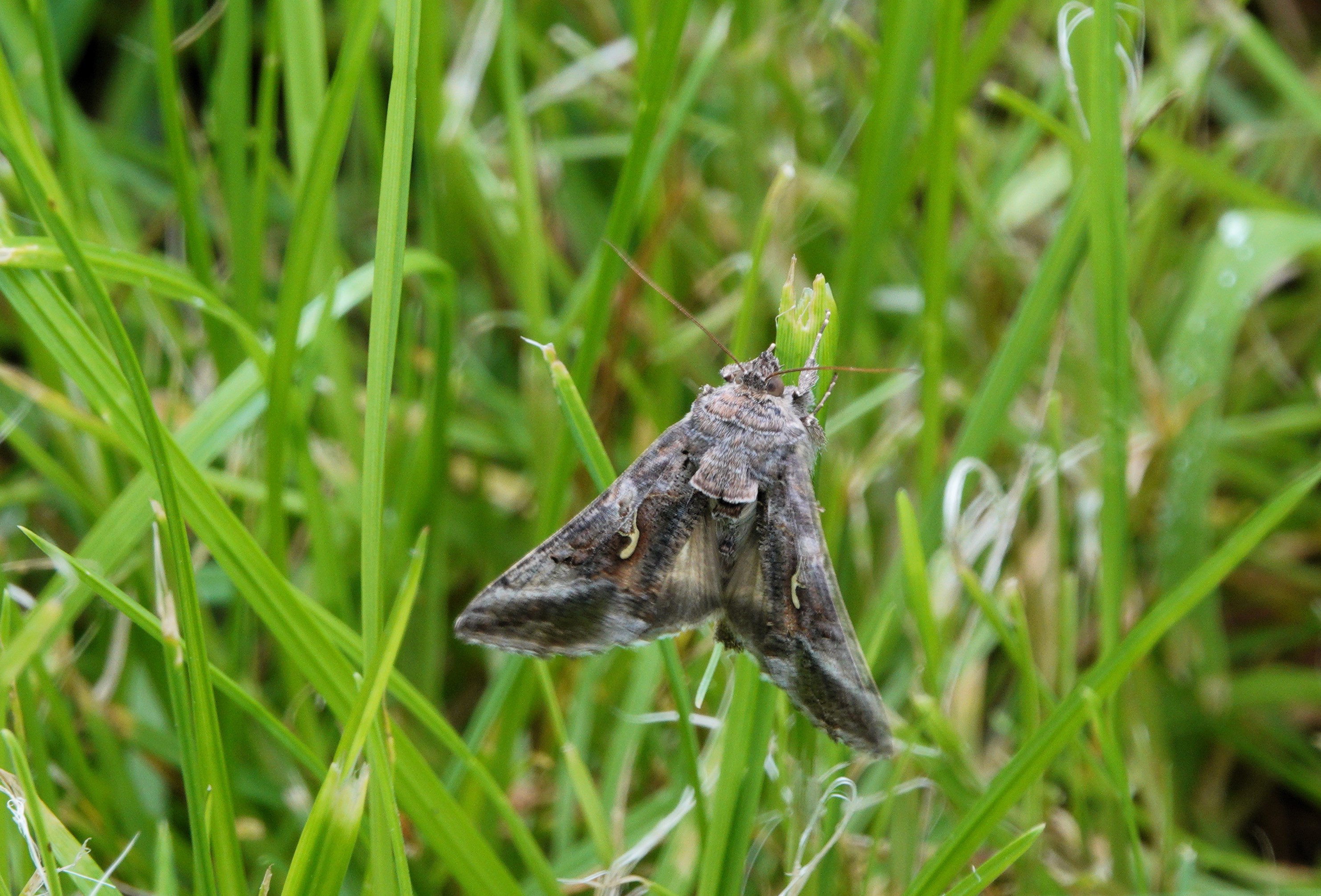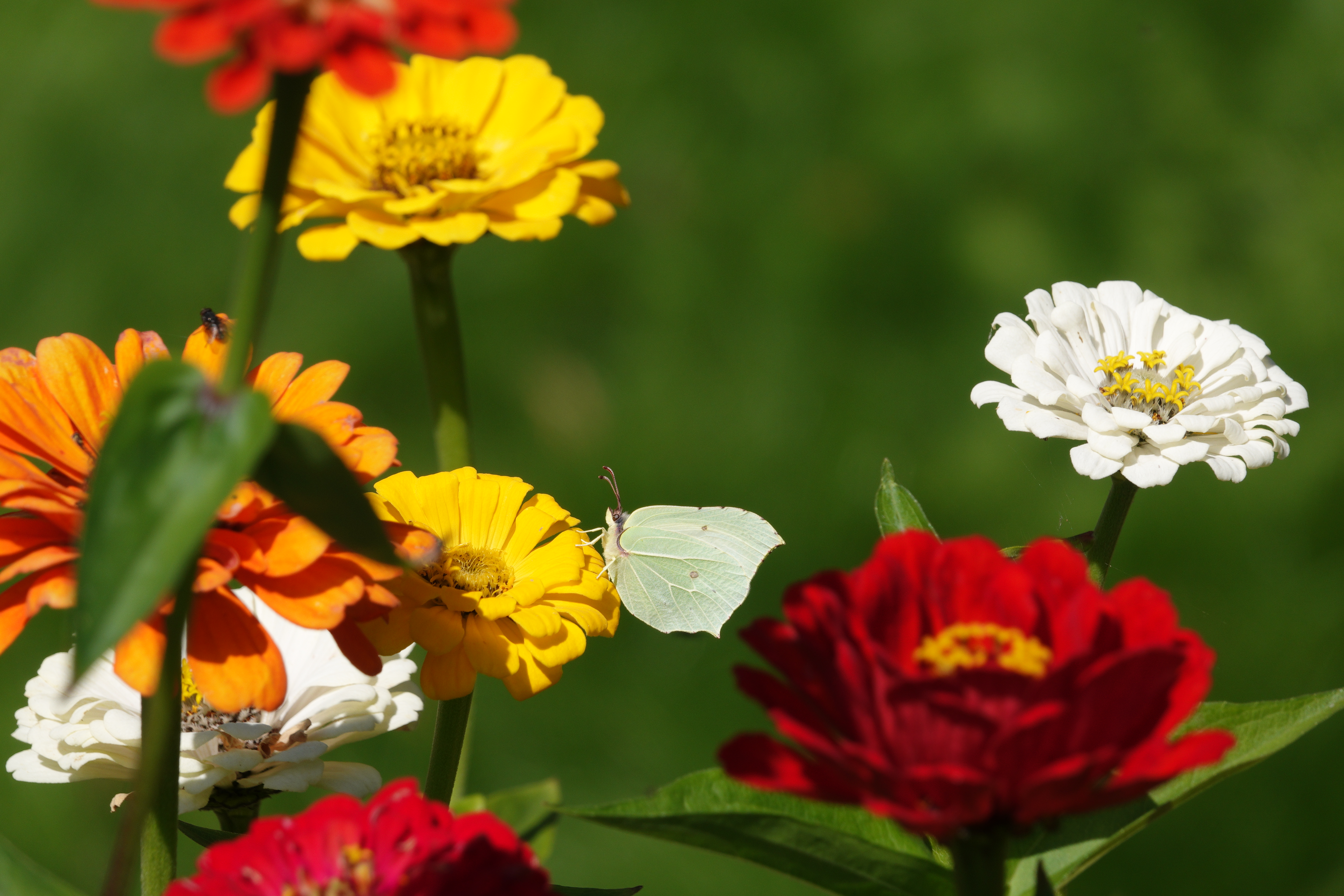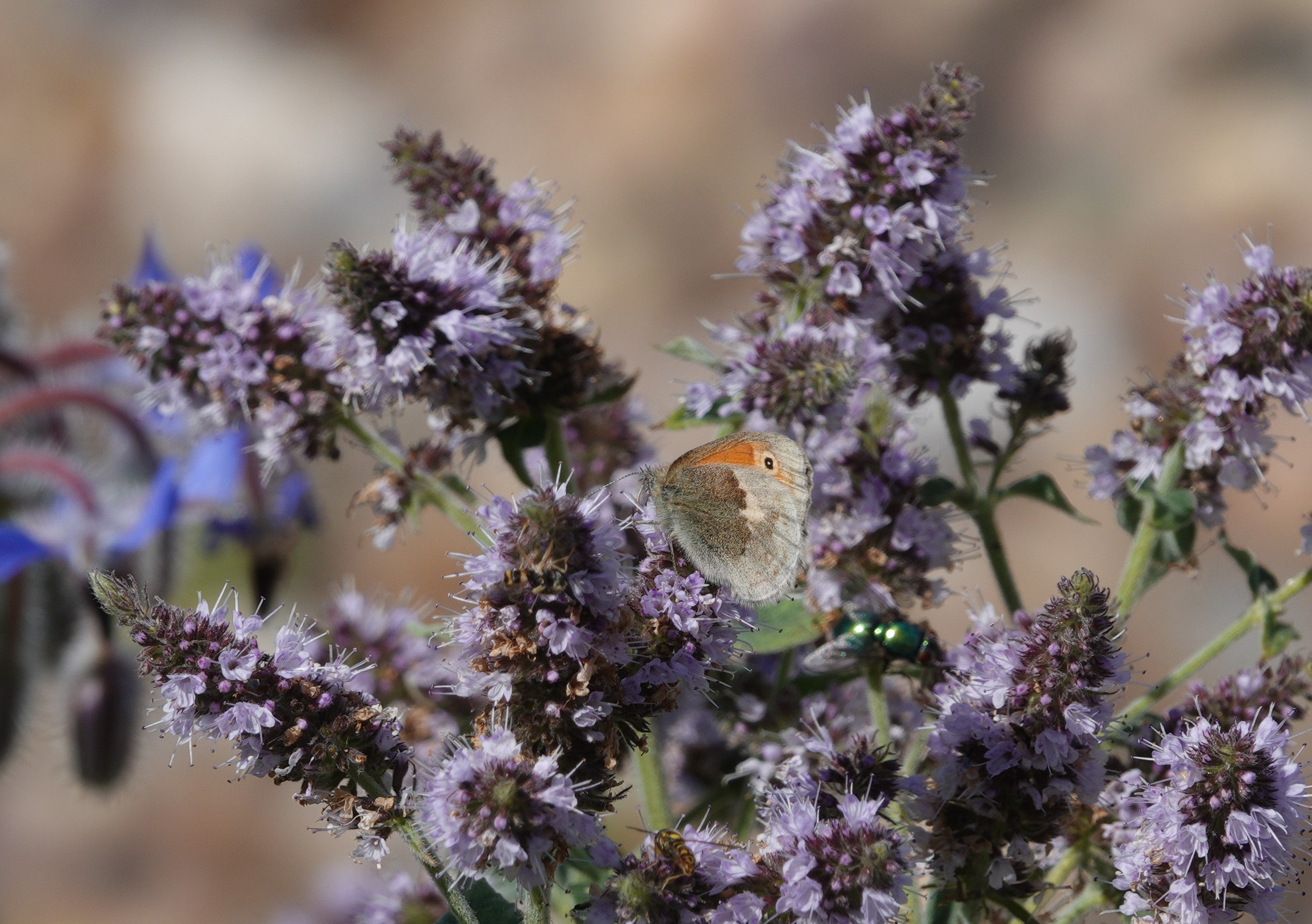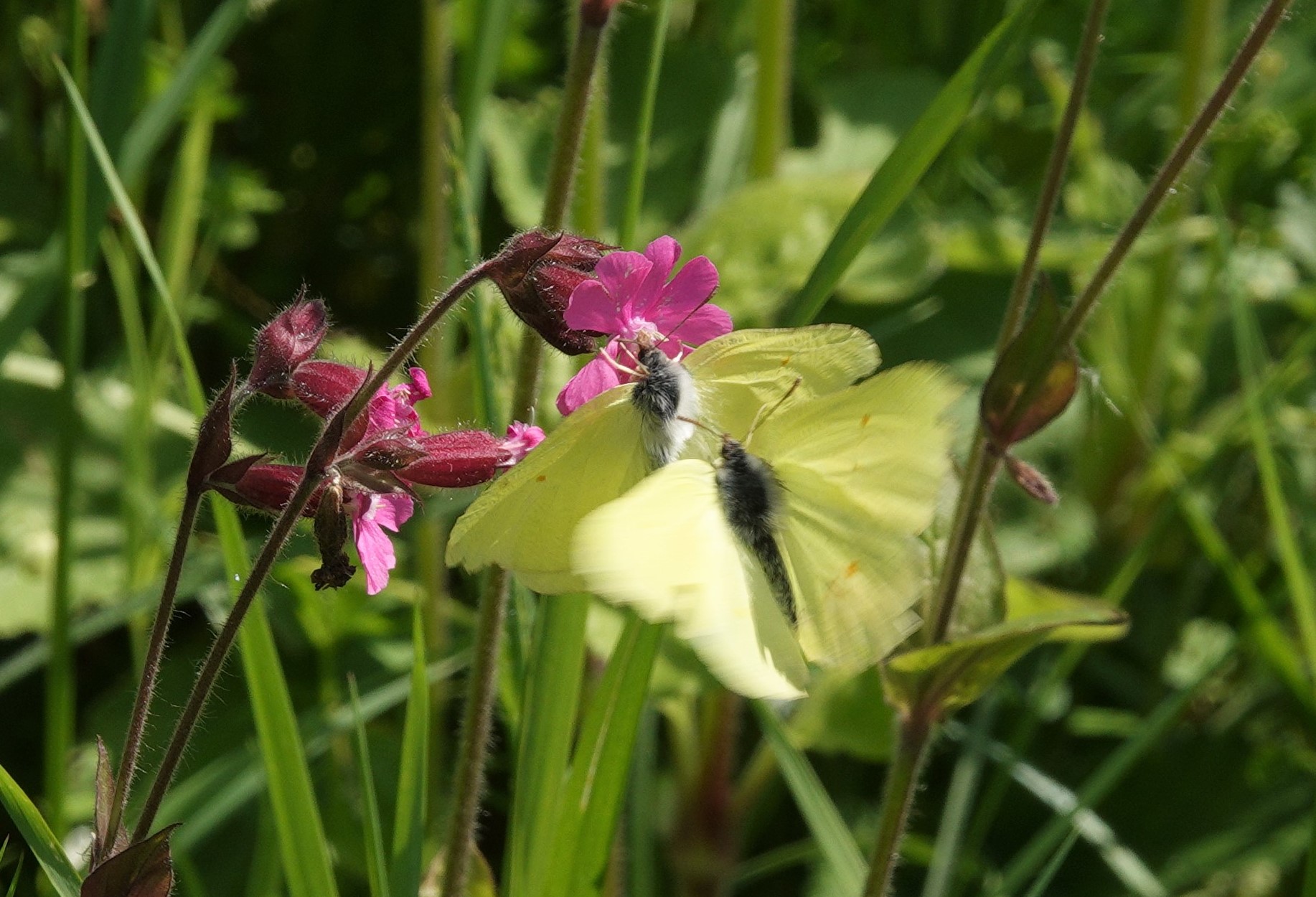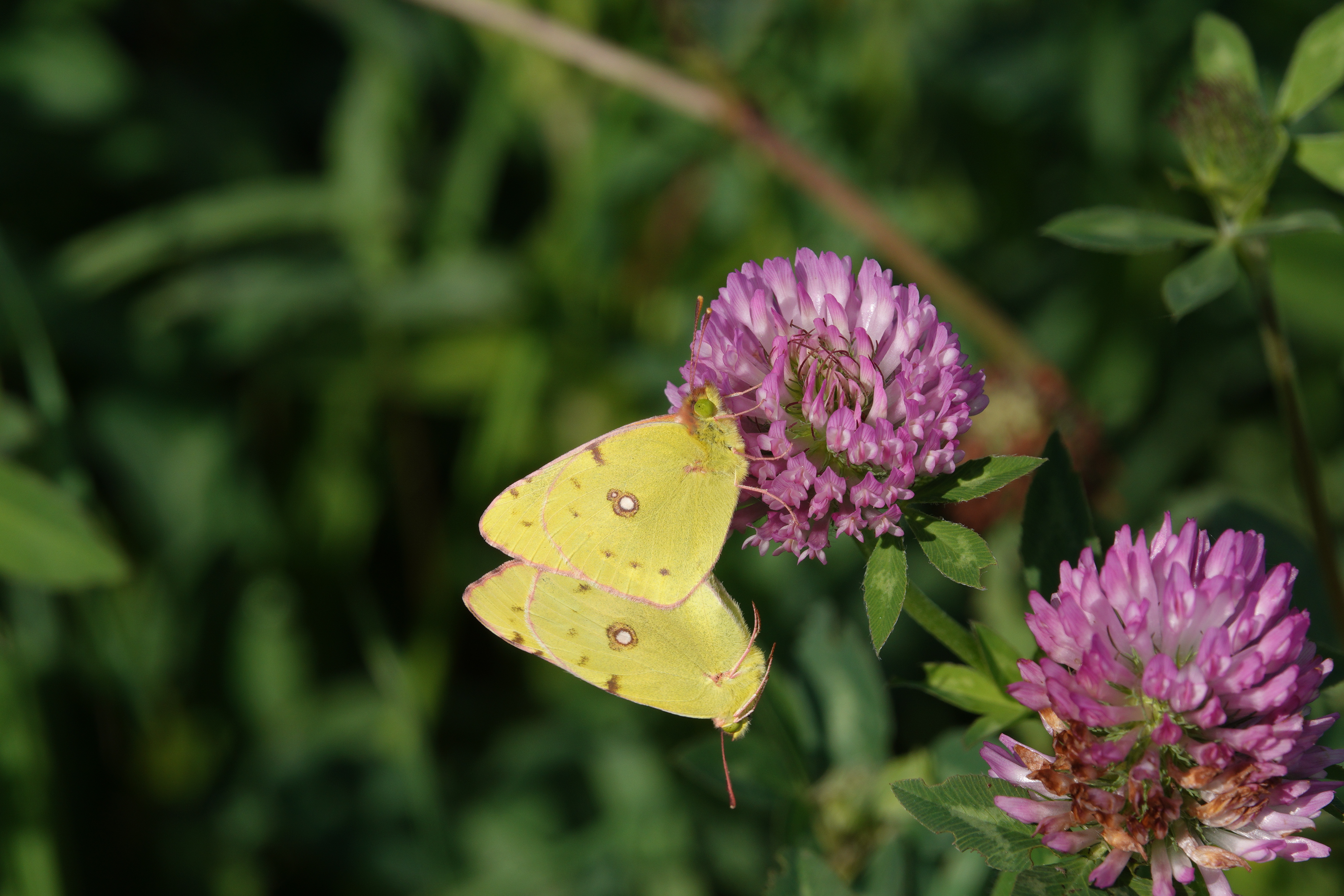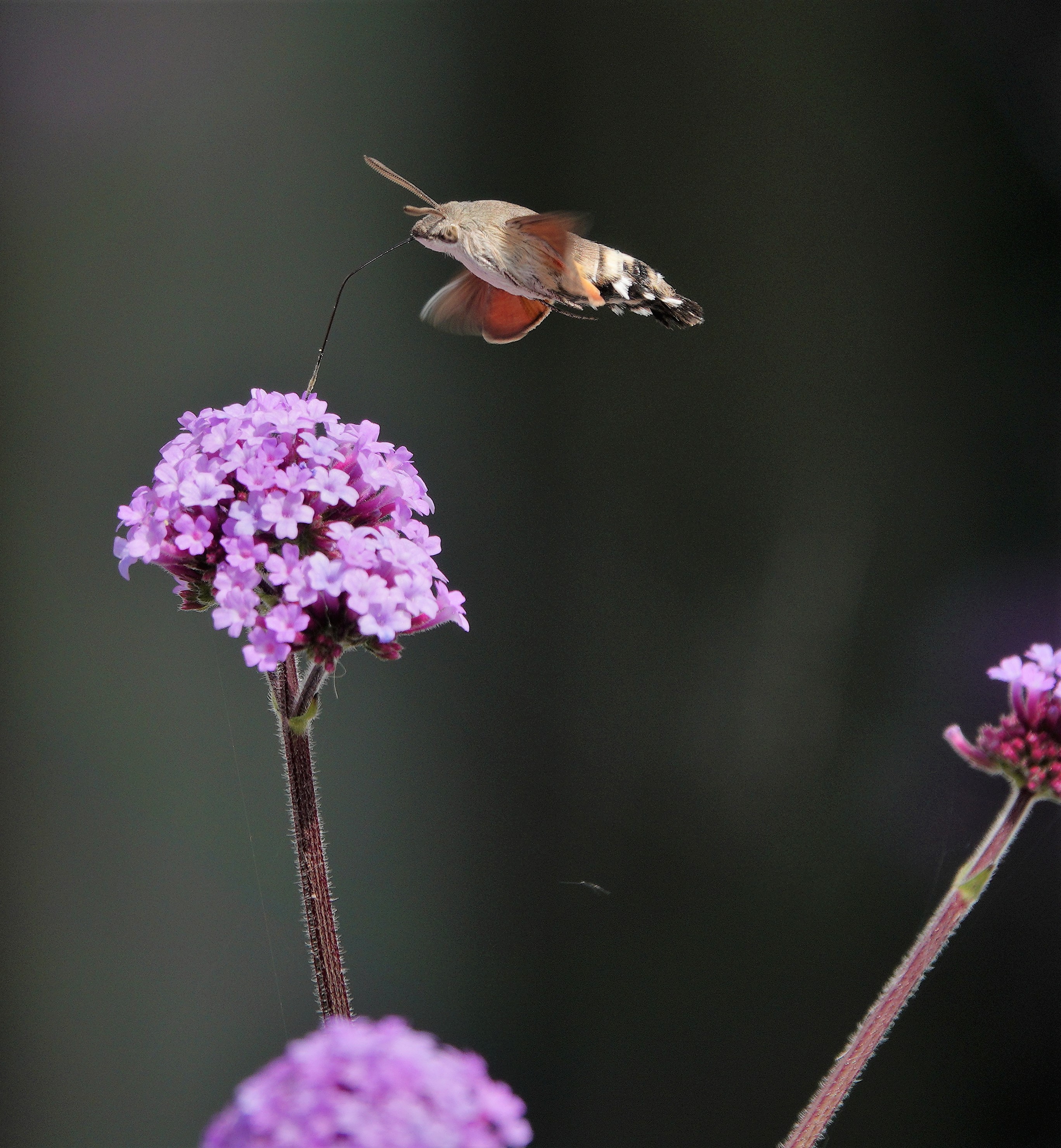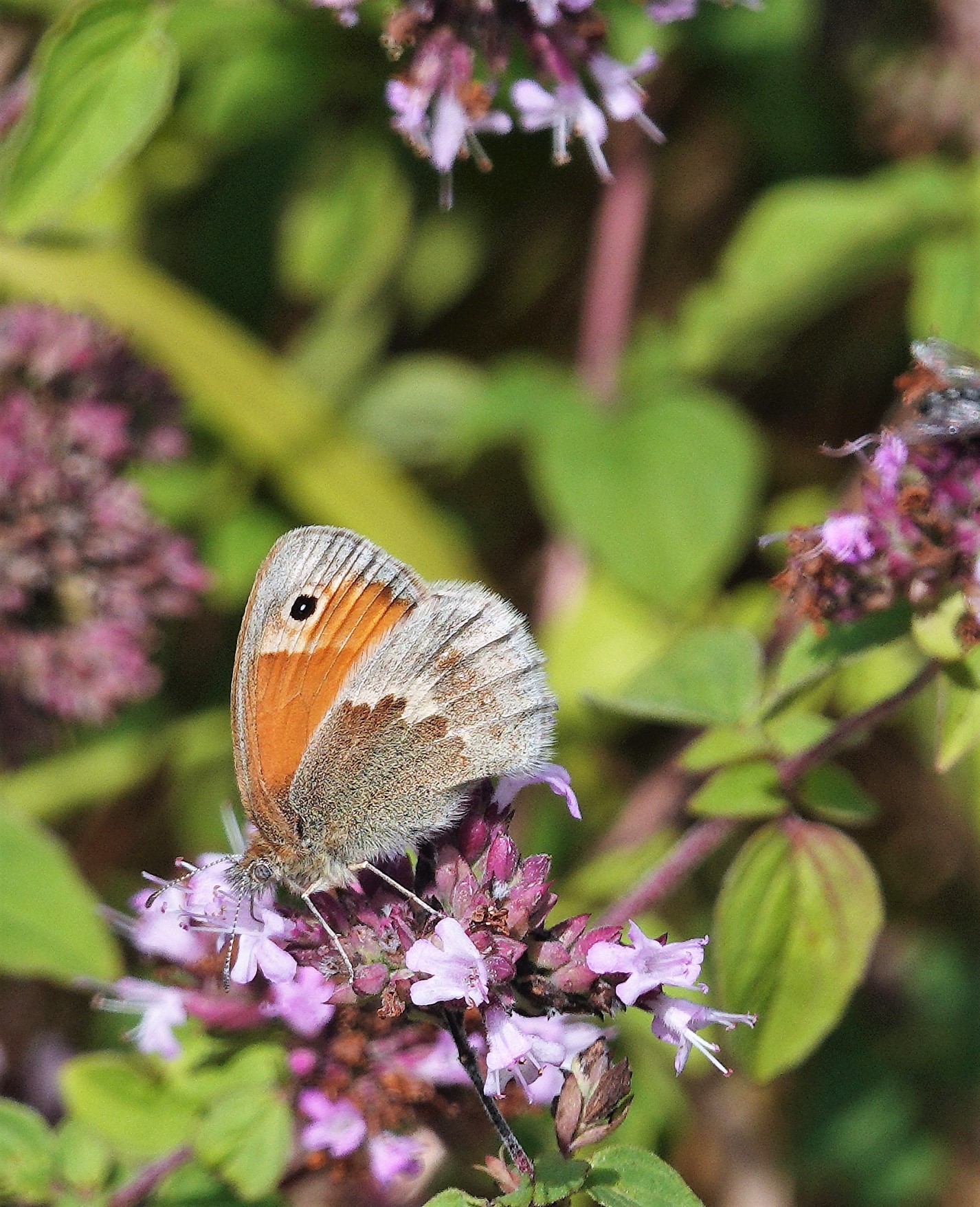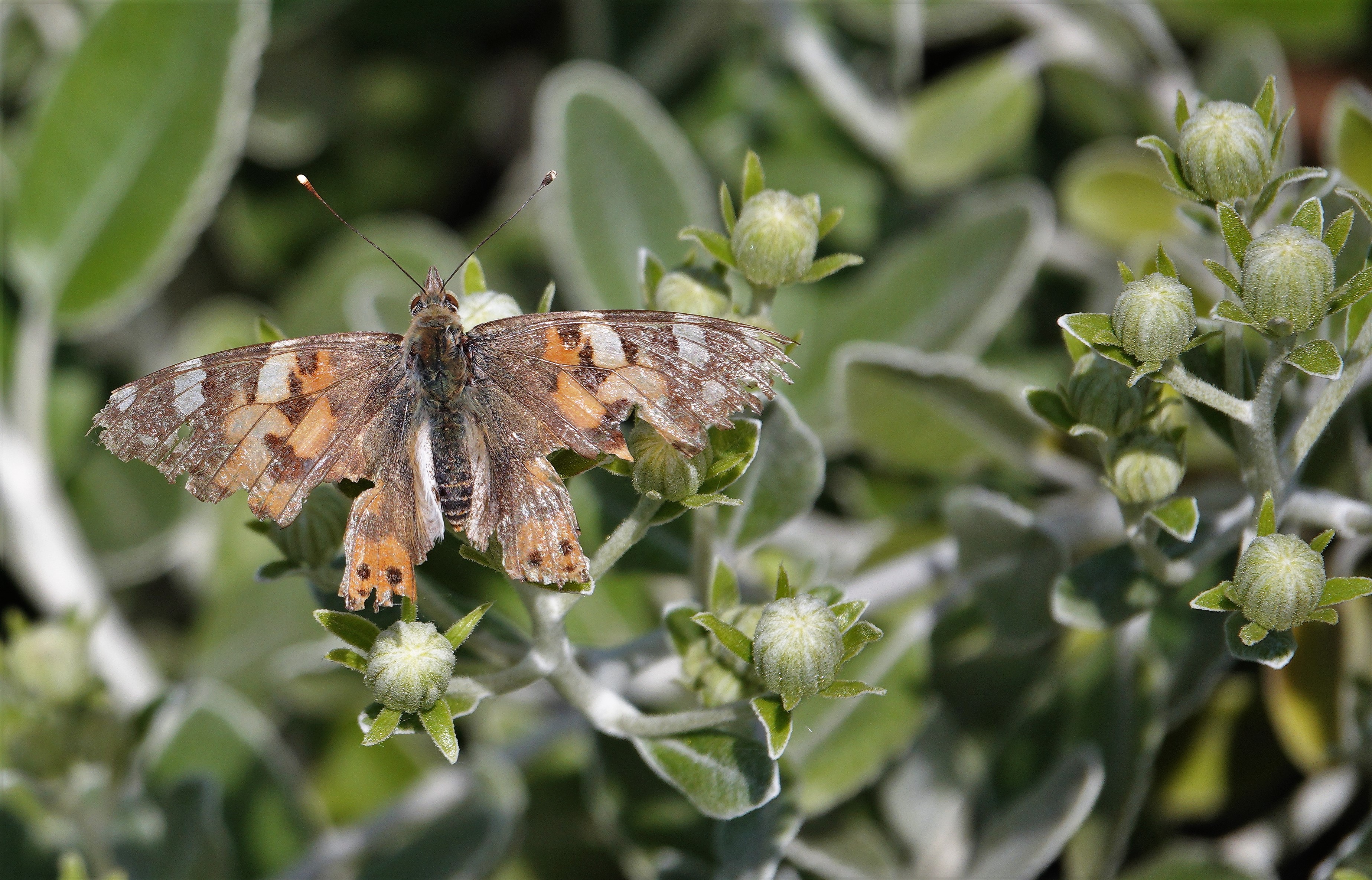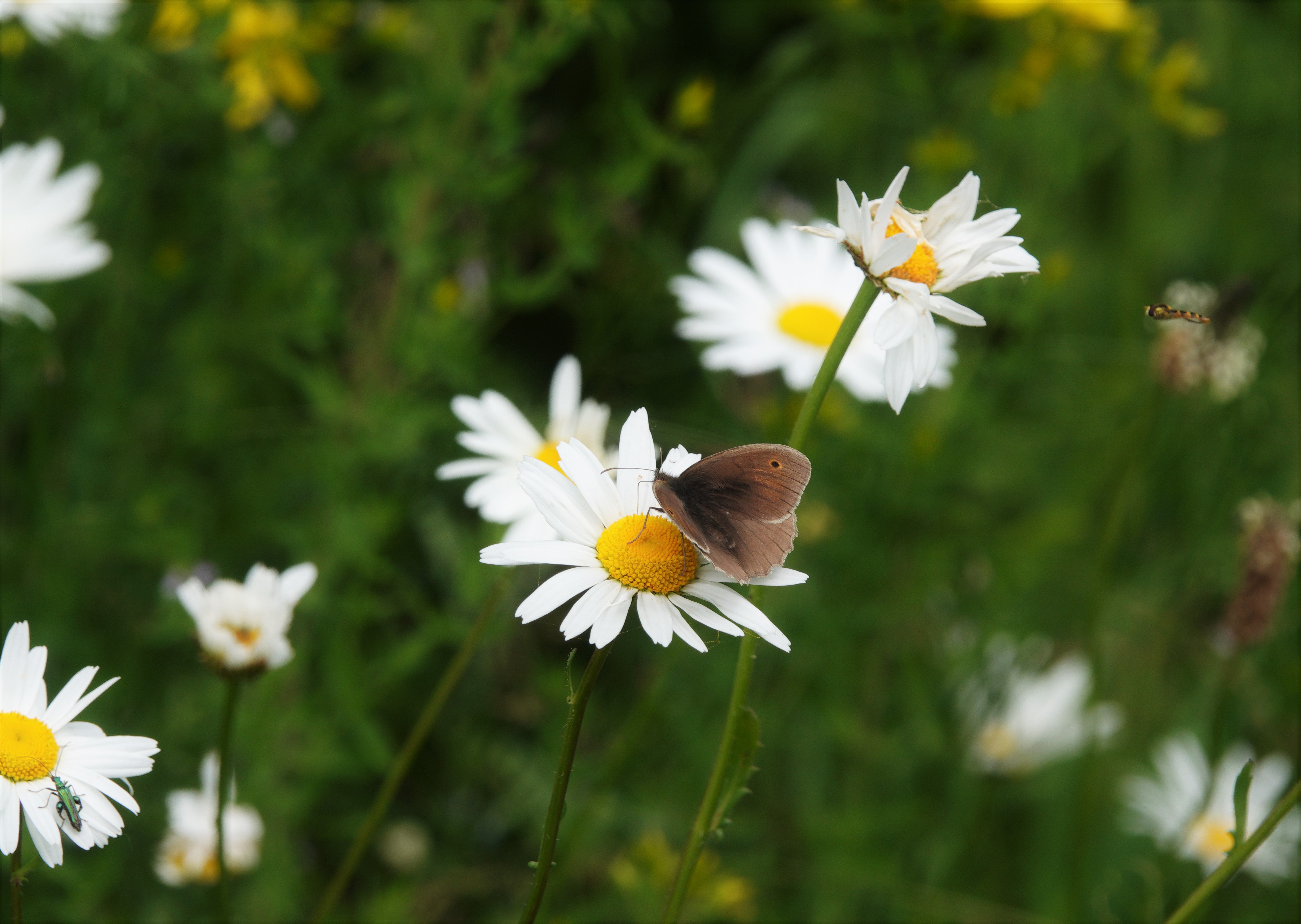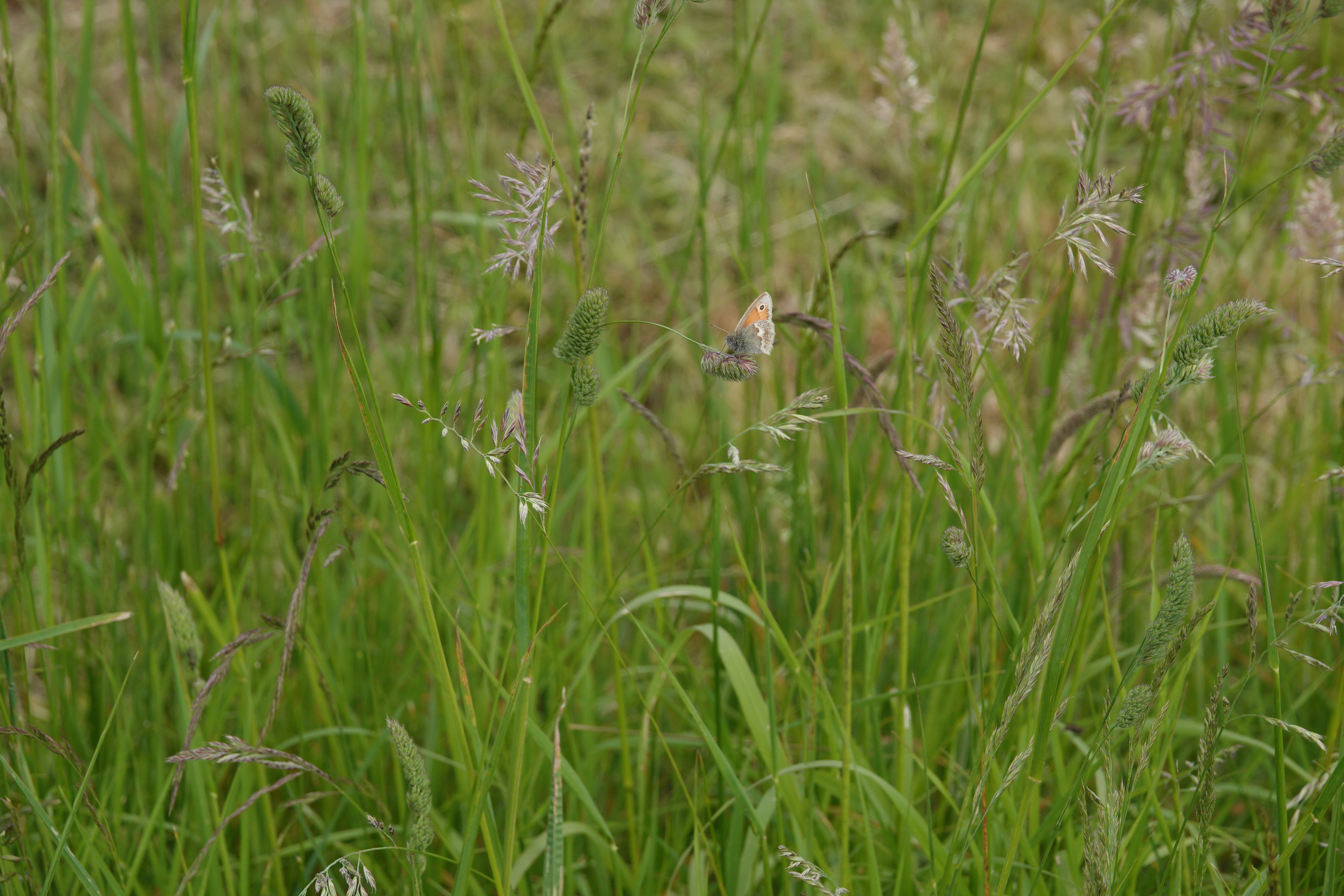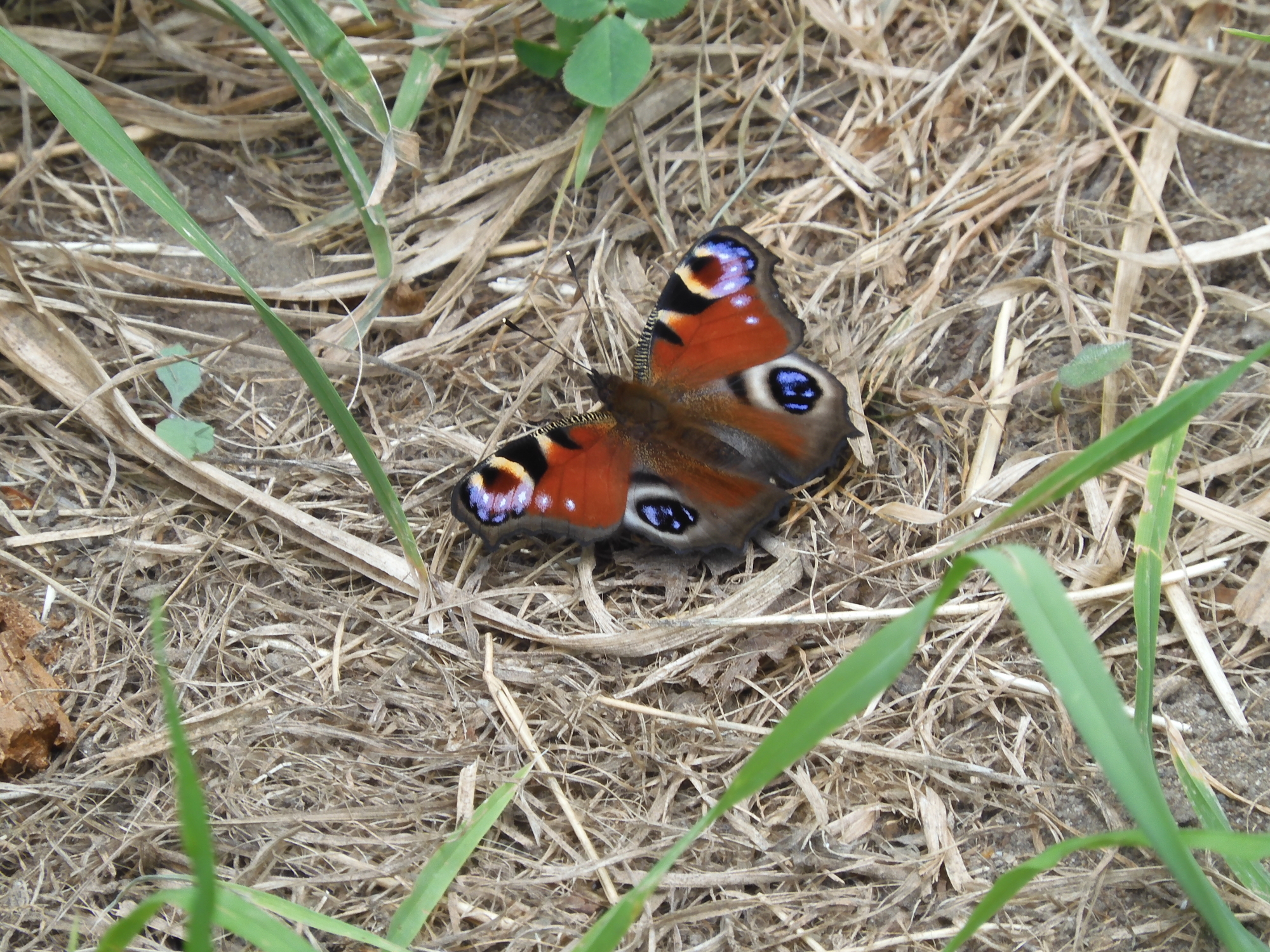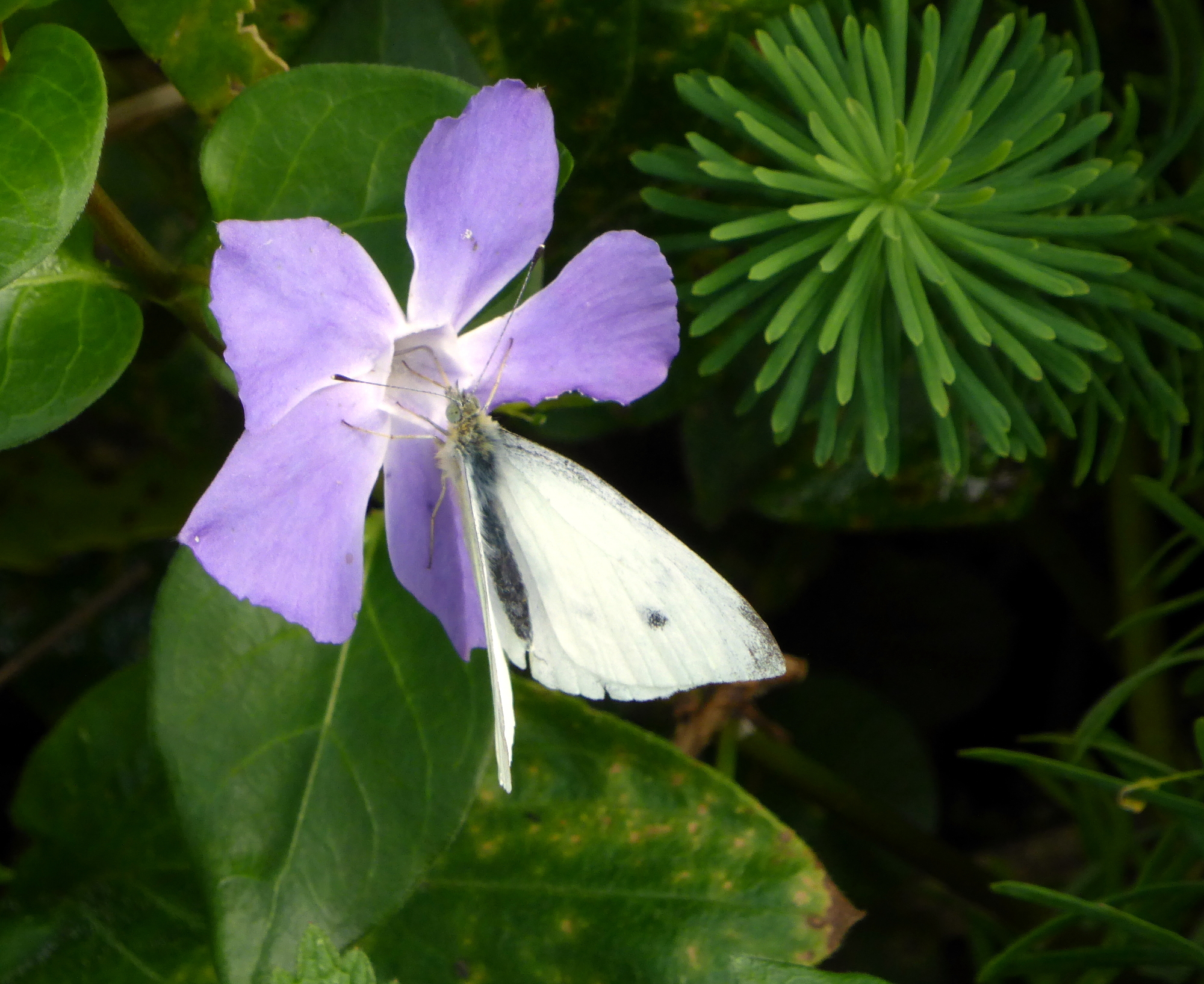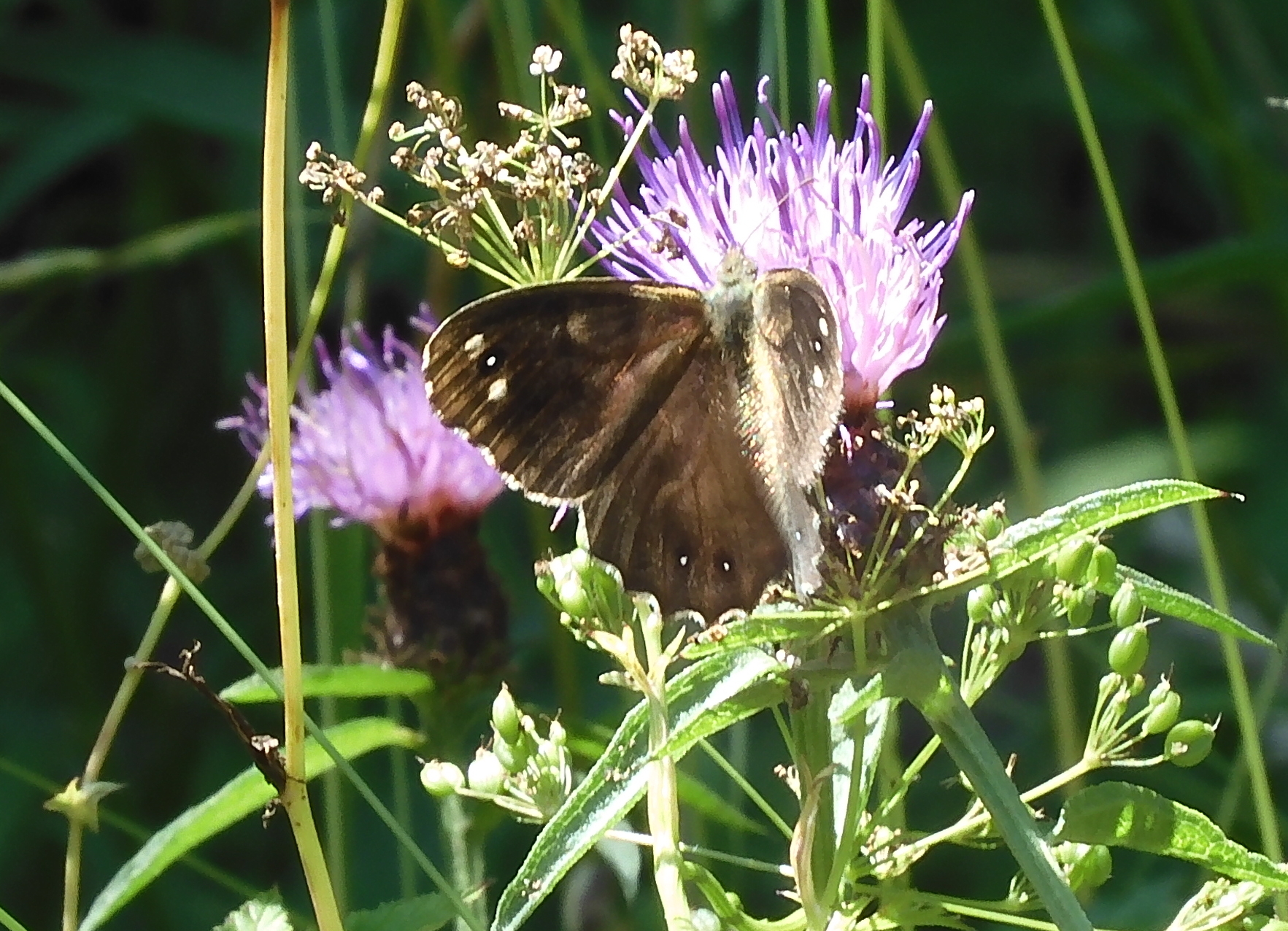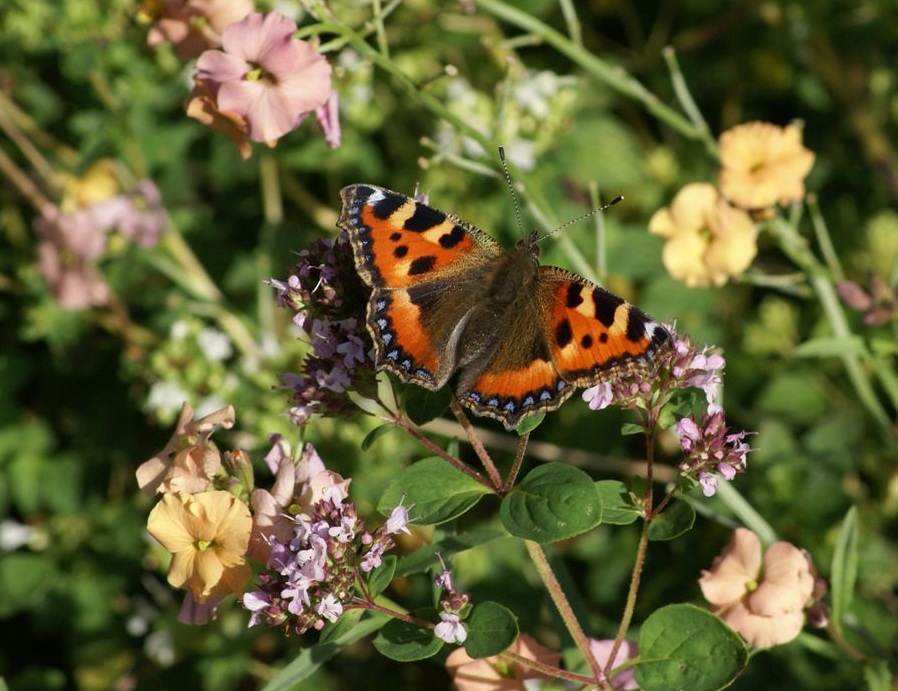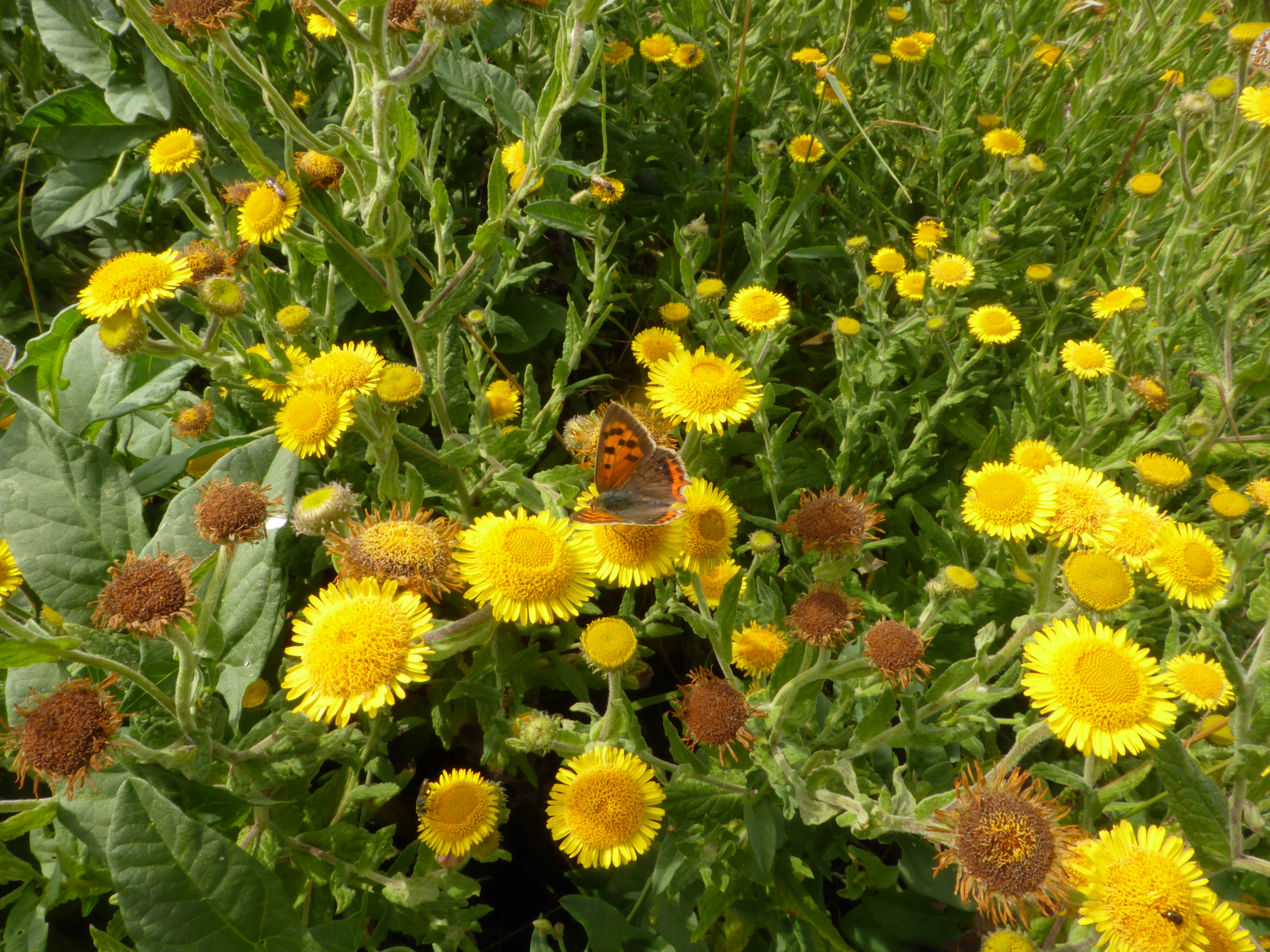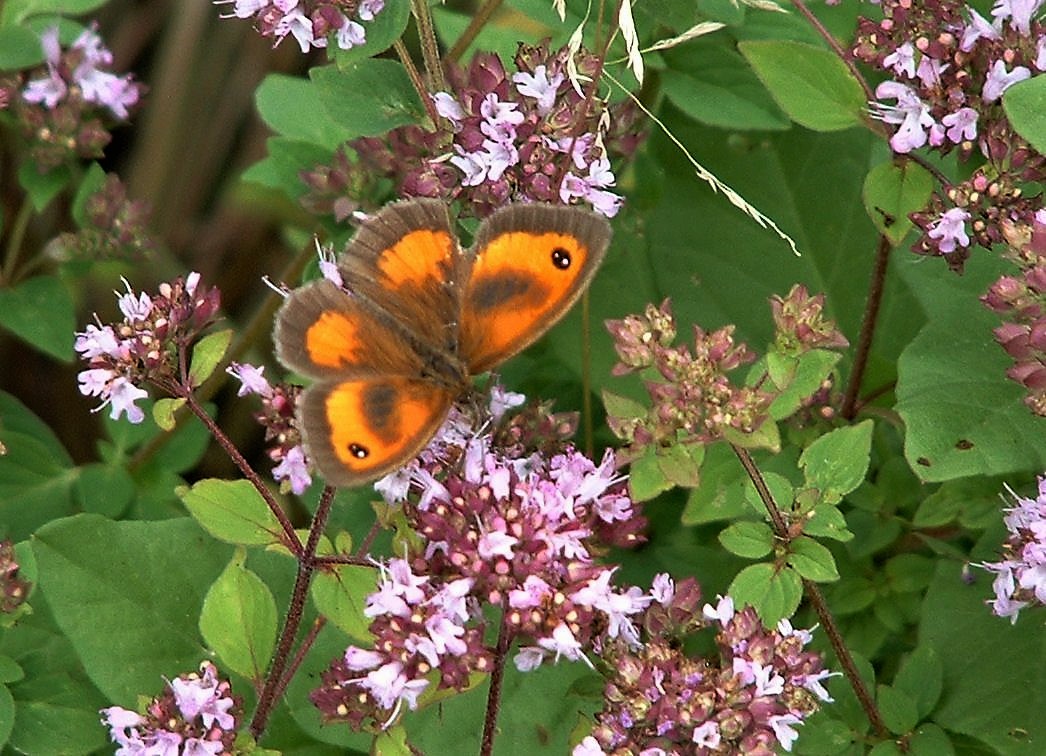I can't get over this year, butterfly wise. From all accounts it has been a rather disappointing season, very likely down to the weather conditions of April and May, plus the dreary August, and Butterfly Conservation are saying that their annual big butterfly count produced the worst numbers ever. Yet our garden has gone totally against the grain, with many species having their best year so far. Overall, it has without doubt been our most successful year to date.
The highlight has to be the unexpected discovery of Purple Hairstreak on site, which we now know for certain have bred, having recently found six overwintering eggs on oak buds, their stems being blown off in the wind.
I still have a strong inkling that amongst the Hairstreaks seen flying around the oak, ash, and elm tops, a few were White-letter but I never confirmed it. Fingers crossed!
Here is the full list of all the 2021 accolades:
SIX-SPOT BURNET
This day-flying moth had its third year in a row of best year to date, but this year was phenomenal, with an overall total just short of 200. They were so numerous that we had to transfer a good deal of them to a nearby large meadow, in case they ate all the foodplant, bird's-foot trefoil, shared with the Common Blue.
ESSEX SKIPPER
Its third best year.
LARGE SKIPPER
At last a much waited for return to 'normal' numbers. Its second best year.
BRIMSTONE
The highest count at any one time and its third best year.
SMALL COPPER
Its second best year to date.
BROWN ARGUS
Faring better than its stablemate the Common Blue, it had its third best season.
PURPLE HAIRSTREAK
See comments above.
RED ADMIRAL
Best year to date.
SMALL TORTOISESHELL
With only being four short of the 2003 all time best yearly total of 364, I am classing this year as its joint best year ever.
GATEKEEPER
Best year to date.
SMALL HEATH
Still low numbers but showing a dramatic return towards recolonisation.
 PURPLE HAISTREAK the highlight of the year
PURPLE HAISTREAK the highlight of the year SMALL HEATH a very important species to have making a comeback
SMALL HEATH a very important species to have making a comeback
 1. female Silver-washed Fritillary on buddleia
1. female Silver-washed Fritillary on buddleia 2. a couple of Purple Hairstreaks quite low in an oak
2. a couple of Purple Hairstreaks quite low in an oak 3. female Purple Hairstreak resting in an adjacent buckthorn
3. female Purple Hairstreak resting in an adjacent buckthorn